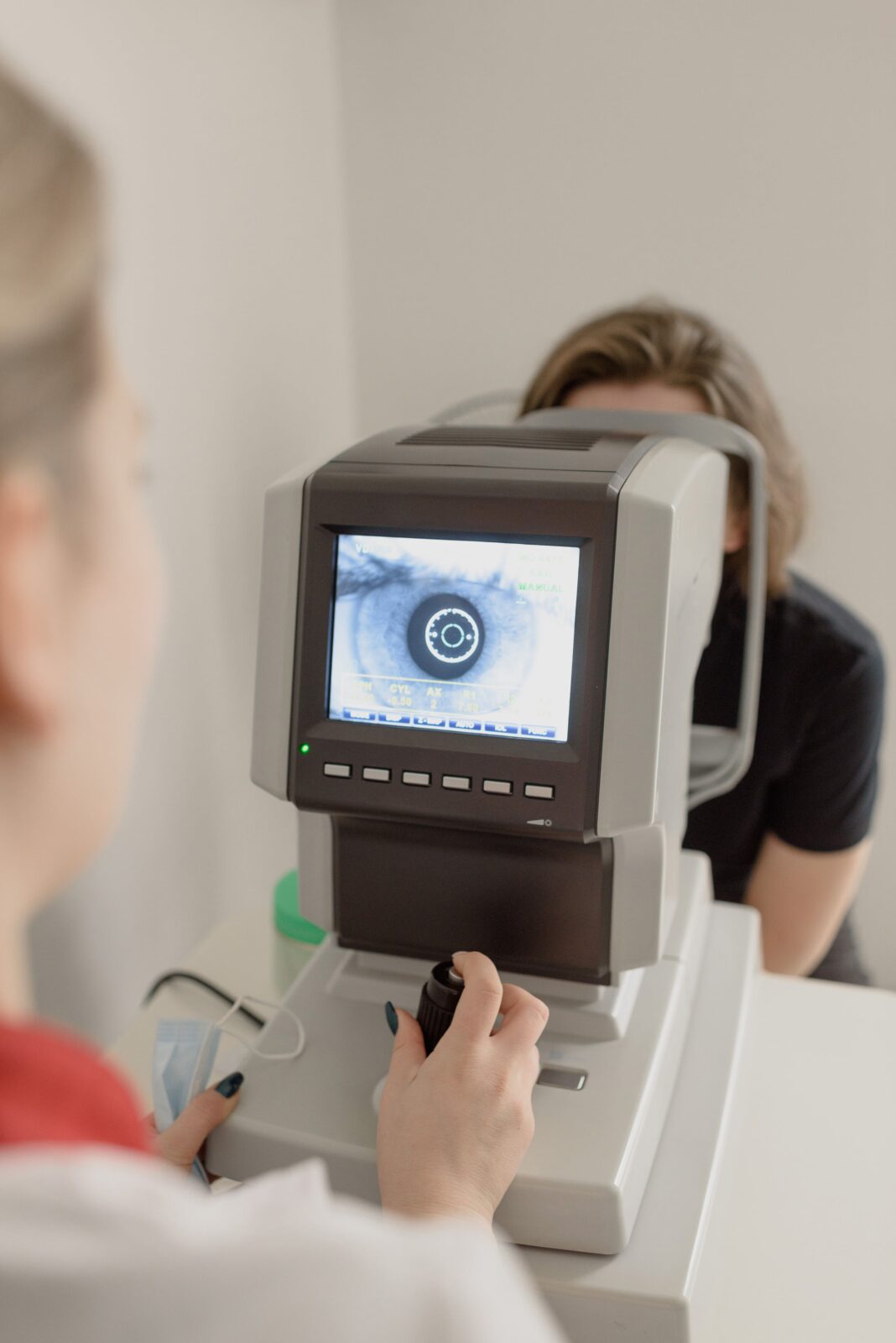
Your 30s mark a significant life stage, often characterized by increased responsibilities and a desire for convenience. If you’ve been contemplating vision correction, LASIK surgery could be the ideal solution to enhance your lifestyle and boost your confidence.
Why Consider LASIK in Your 30s?
Stable Vision and Lifestyle Demands
By your 30s, your eye prescription has likely stabilized, making you an excellent candidate for LASIK. This procedure can significantly improve your quality of life by:
- Eliminating the Hassle of Glasses and Contacts: Say goodbye to foggy glasses, dry eyes, and the constant care required for contact lenses.
- Boosting Confidence: A clear vision can enhance your self-esteem and overall appearance.
- Enhancing Lifestyle: Whether you’re an avid sports enthusiast or simply enjoy outdoor activities, LASIK can liberate you from the limitations of corrective eyewear.

The LASIK Procedure: A Step-by-Step Guide
The LASIK procedure is a minimally invasive surgical technique that reshapes the cornea to correct refractive errors. Here’s a general overview of the process:
- Initial Consultation: Consult with an experienced LASIK surgeon to discuss your vision goals and determine your candidacy for the procedure.
- Comprehensive Eye Exam: Undergo a thorough eye exam to assess your overall eye health and vision.
- Topical Anesthesia: Your eye doctor will administer numbing eye drops to prepare your eye for the procedure.
- Corneal Flap Creation: A laser is used to create a thin flap of corneal tissue.
- Laser Treatment: An excimer laser reshapes the underlying corneal tissue to correct your vision.
- Flap Replacement: The corneal flap is repositioned and heals naturally.
Recovery and Aftercare
The recovery process after LASIK is typically rapid. Most patients experience significant visual improvement within 24-48 hours. However, it may take a few weeks for your vision to fully stabilize.
To ensure optimal healing, it’s crucial to follow your surgeon’s post-operative care instructions, which may include:
- Using prescribed eye drops
- Avoiding strenuous activities
- Protecting your eyes from dust and debris
Long-Term Benefits and Considerations
LASIK can provide long-lasting vision correction, reducing or eliminating the need for glasses or contacts. However, it’s important to note that:
- Age-Related Changes: As you age, you may develop presbyopia, a condition that affects your ability to focus on near objects. While LASIK can correct distance vision, it may not fully address presbyopia.
- Regular Eye Exams: Even after LASIK, it’s important to schedule regular eye exams to monitor your eye health and detect any potential issues early on.
If you’re considering LASIK in your 30s, it’s essential to consult with a qualified eye care professional to determine if you’re a suitable candidate. By understanding the benefits, risks, and recovery process, you can make an informed decision about this life-changing procedure.
References:
American Academy of Ophthalmology. (n.d.). LASIK https://www.aao.org/eye-health/treatments/lasik-surgery


